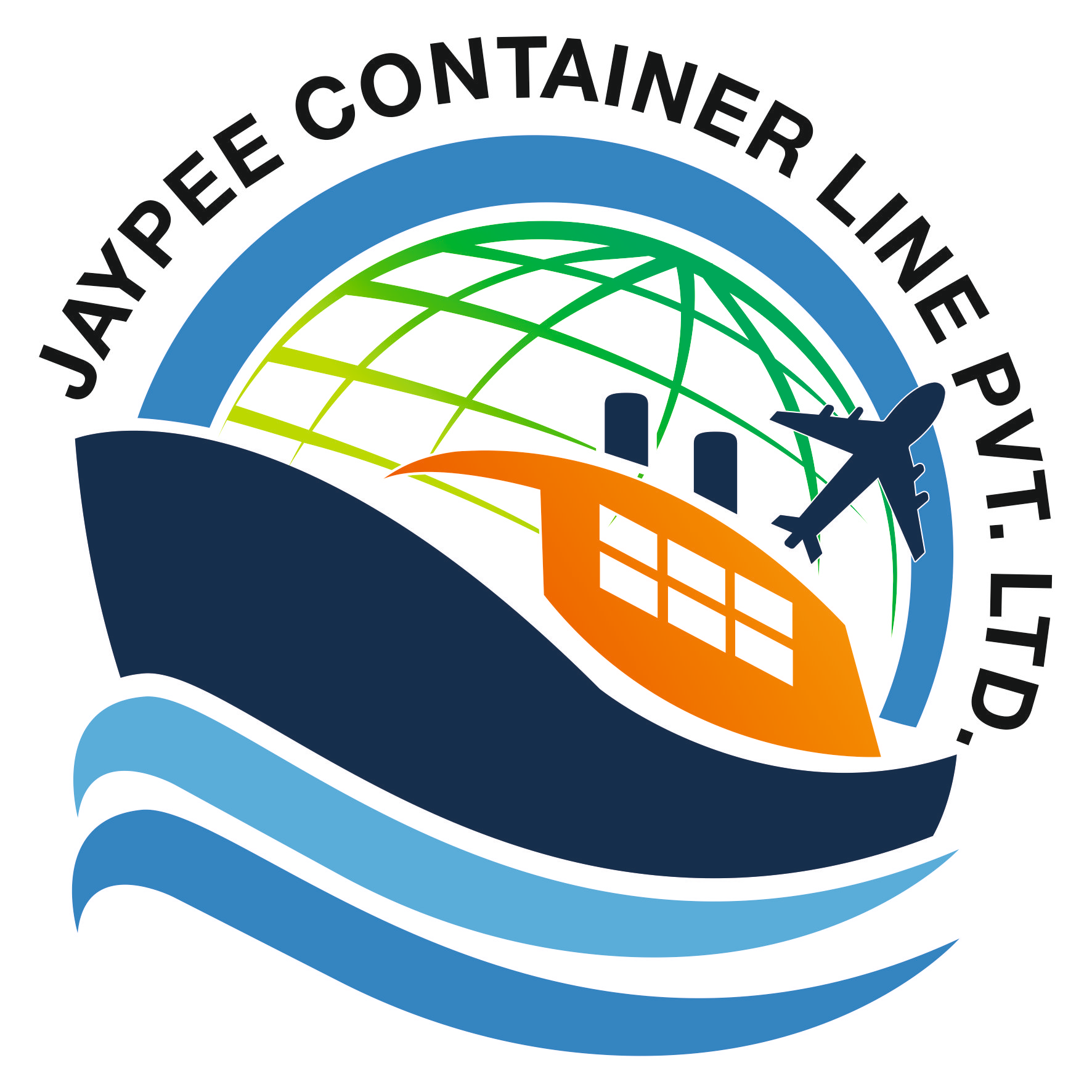
Break bulk cargo refers to goods that are transported individually and not in shipping containers or bulk quantities. These goods are typically loaded and unloaded individually, using various methods such as cranes, forklifts, and other handling equipment. Break bulk cargo can include a wide range of items, including machinery, equipment, vehicles, construction materials, steel, timber, and other oversized or heavy goods.
In contrast to containerized cargo, where goods are packed into standardized containers for efficient handling and transportation, break bulk cargo requires more labor-intensive handling and is often loaded onto ships, trucks, or planes one piece at a time. This type of cargo is commonly used for items that are too large, heavy, or irregularly shaped to fit into containers.
Break bulk shipping has been a traditional method of transporting goods for many years, but it has faced some challenges due to the rise of containerization and its associated benefits in terms of efficiency and cost-effectiveness. However, break bulk cargo still has its place, especially for certain types of goods and in areas with limited infrastructure for container handling.
Some advantages of break bulk cargo include the ability to transport oversized and unique items that may not fit into standard containers and the flexibility to adjust the shipment size according to demand. However, break bulk shipping can also be more time-consuming, expensive, and less secure compared to containerized cargo, as each item needs individual handling and stowing.
